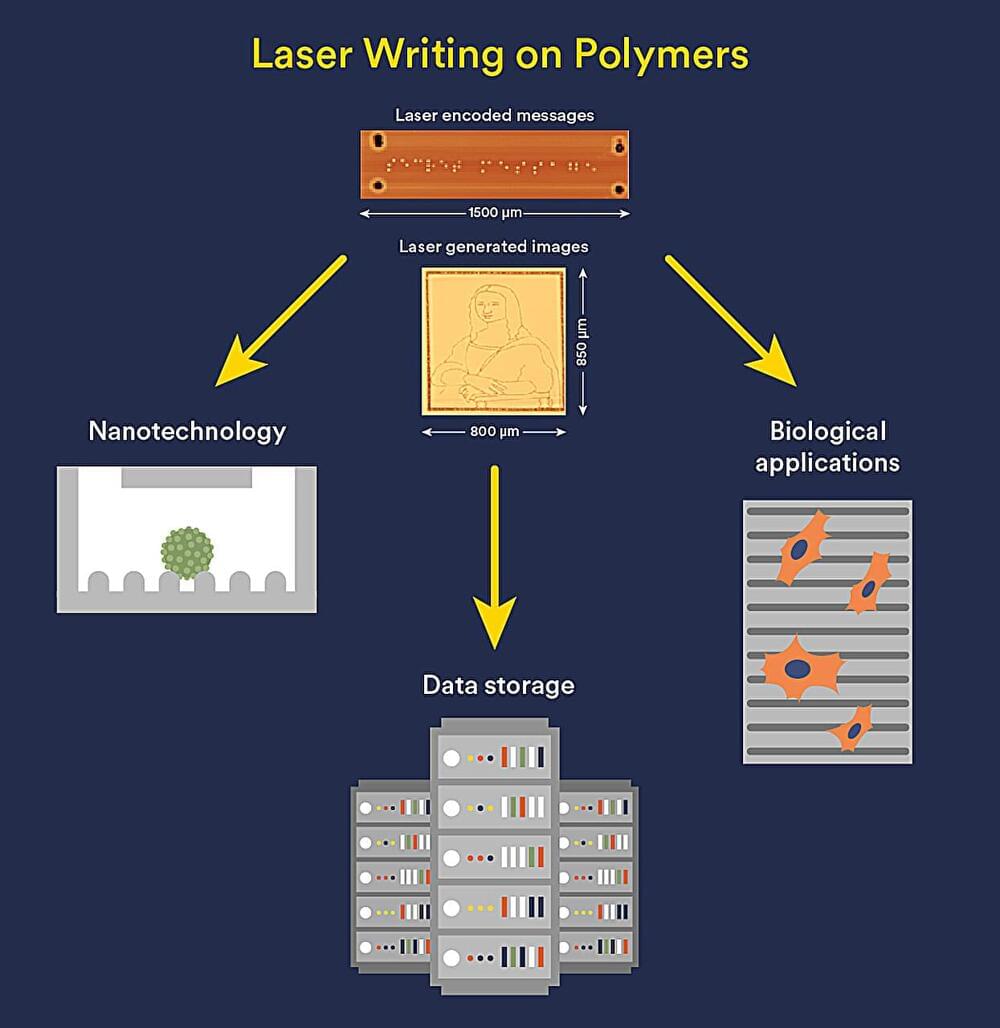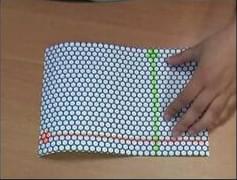Mar 27, 2024
The mystery of fullerenes in space explained
Posted by Dan Breeden in categories: nanotechnology, physics, space
A study from the Instituto de Astrofísica de Canarias (IAC) which combines laboratory chemistry with astrophysics, has shown for the first time that grains of dust formed by carbon and hydrogen in a highly disordered state, known as HAC, can take part in the formation of fullerenes, carbon molecules which are of key importance for the development of life in the universe, and with potential applications in nanotechnology. The results are published in the journal Astronomy & Astrophysics.


















